Some flexo printing customers have just realized that simply focusing on the cost of each pound of ink as a consideration at the time of purchase poses difficulties to the formation of supply and demand relationships between buyers and sellers. It is difficult to ensure that products receive technical service support. Customers often throw the hydrangea at the lowest price without understanding the total final cost of the ink product. Instead of looking at the price, we need to look at the overall value, and flexographic printing companies value the ink purchasing model.
First, the cost of ink
Now that we have begun to examine the effectiveness of the ink throughout the entire process, the third level measures the ink's performance parameters. This set of data not only includes the inherent performance characteristics of the ink, but also reflects the end-use effect of the related services provided by the ink manufacturer. The following are some of the reference factors that directly affect the cost of ink use: 1. The cost of printing per unit; 2. Ink quality and stability; 3. On-site tracking service quality: ink on the machine, problem solving, ink inventory; 4. Waste caused by bad ink; 5. Line speed; 6. The suitability of the ink.
In the typical ink use cost analysis, we can determine the cost of the ink after use by a specific ink system, including waste, speed, production stagnation, machine assembly and other factors. Only when we consider the full cost of the ink, including the potential impact of all related uses, can we make a real value assessment at the level of ink use cost. For example, a one-point value of $3.50 for printing 1,000 bags of ink would appear to be less expensive than a one-pound value of $3.70 for printing 1,000 bags of ink. But if the $3.50 ink is often dirty after printing and the plate is washed every four hours, which is more valuable than the $3.70 printing ink that is washed every 12 hours? What is the true cost of taking into account the lost printing time, the manpower and materials spent on washing plates, the waste products and the accumulated losses caused by shutdowns and reboots? May cause even more important collateral consequences, that is, the chance of sending out defective products will continue to increase. From this we have elicited other questions. Do you quantify the losses caused by 1% of waste in your operations? Or have you considered the different results of different printing speeds in the ink selection criteria?
Obviously, accurate ink use cost measurement methods, perfect data collection, and complete management and analysis systems must all exist at the same time. These are weaknesses in our technical field, but they must be strengthened. Many existing software can help us to verify the amount of ink used, wire speed, substrate scrap, cleaning time, and mechanical assembly time. Many "if" scenarios can be analyzed at the computer console.
Third, the use of ink effect
At this level, we began to qualitatively analyze the use of ink in the printing process in terms of cost and efficiency. The fourth level explores more of the attributes related to product design, such as: 1. In line with the conventional; 2. Physical properties: print quality, gloss, viscosity, odor, and relative coefficient of friction; 3. Resistance properties: chemicals, light, mechanical friction; 4. Function: transferability.
In actual situations, we have found that companies are always considering the use of ink for the ink selection process, especially new products, and are usually handled by the technicians of the ink user. Many of the design goals are completely standard and mandatory, and some extraordinary requirements require the cooperation of both parties to develop new technologies. The danger of simply considering the effect of ink use is that it is isolated from other layers and loses the mastery of printing efficiency, cost, and print effects.
Usually we see that the inks that we have designed to meet all the technical requirements have become useless scrap in the printing shop, or the cost is greatly reduced. Therefore, the selection of any ink system should first go through all levels of verification in order to cross the border, which requires the company's various departments, the company's internal team work environment.
Conclusion: Many ink use effects cannot be measured in the printing shop. You must actively cooperate with other departments and receive timely feedback to understand the final results. The saying goes, "Don't touch the stones." In terms of ink value assessment, the measurement method is quite straightforward, but it still takes energy and plans ahead. In order to obtain ink use performance data, an open and tacit cooperation relationship must be established between the printer and the ink manufacturer to fairly calculate the time and effort involved. A more detailed understanding of the value of the ink helps to truly improve future products. And future systems.
Round Bronze Match Light Kit from features their unique Oil Rubbed Bronze finish.
The tray is manufactured from 304 Grade Stainless Steel, which is then subjected to a proprietary treatment involving the tray being hand-sanded and then finished by artisans.
The resulting deep and rich texture beautifully completes any outdoor decor theme.
Match Light Kits, or as often referred to as Match Lit Kits, are the easiest type of Fire Pit ignition system to install, operate and maintain. And these Round Drop-In pans are no exception.
Installation is straightforward. Create a cutout in the top surface of your fire pit structure, one inch larger than the given dimensions of the tray. For example, the 19-inch diameter tray requires a 20-inch cutout.
The tray then drops into the cutout, sitting securely on the generous inch and quarter lip or flange. Using the gas connection supplied with the kit, connect the gas line to the base of the fire pit tray and the other end to your gas supply line, or propane gas bottle.
To light your fire pit, turn on the gas via the suppled gas shut off valve and ignite the gas with a taper or match.
You can adjust the flame height via the gas valve. To turn the fire pit off, just shut the gas valve.
The Round Bronze Match Light Kit is available in two sizes and Natural Gas or Propane versions.
Along with the tray, the supplied burner is also manufactured from Stainless Steel, which makes them both extremely durable and long-lasting.
This product qualifies for the Lifetime Warranty.
To complement and protect this unique looking fire pit tray., also produce matching Oil Rubbed Bronze Fire Pit Lids.
These lids straddle over the fire pit tray and keep out the dust, dirt, and water so that your fire pit is always ready for use.
| Name |
Stainless Steel Propane Fire Pit Burner |
| Material | Stainless steel |
| Size | 800*800mm |
| Steel thickness | 2mm |
|
Surface |
Pre-rusted |
|
Application |
Outdoor |
|
Technology |
Laser cut,bending,punching,welding,weathering |
| Weight | 3.5KG |
| Packing | carton |
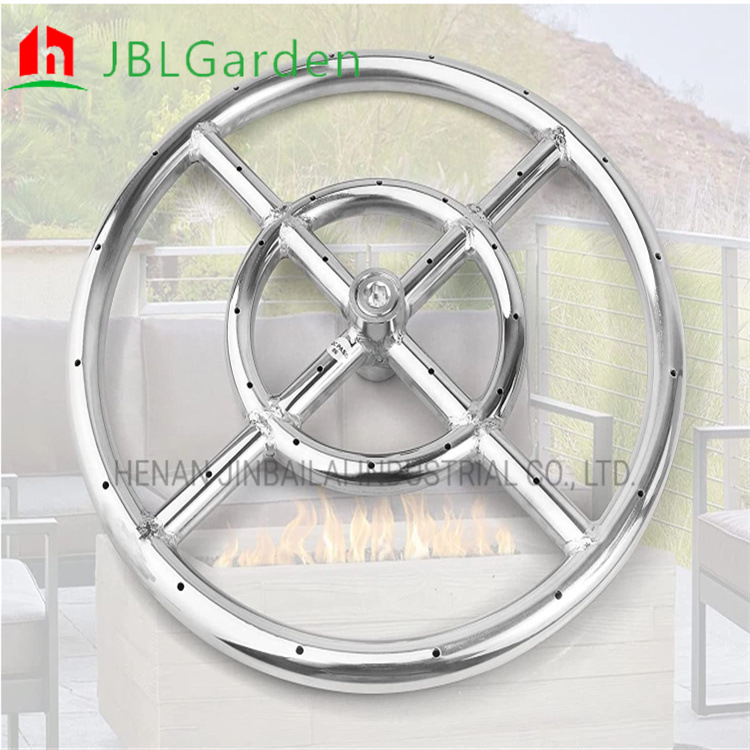
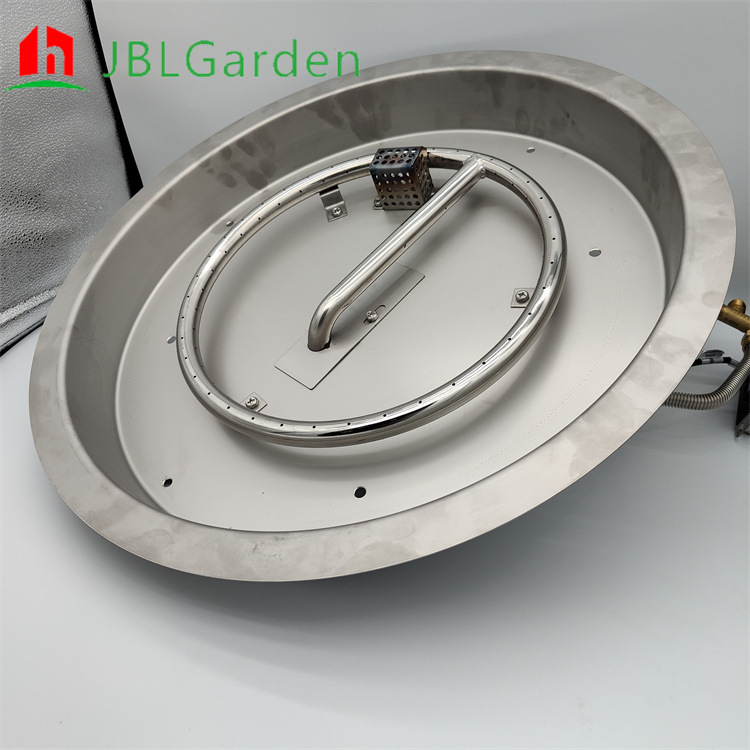
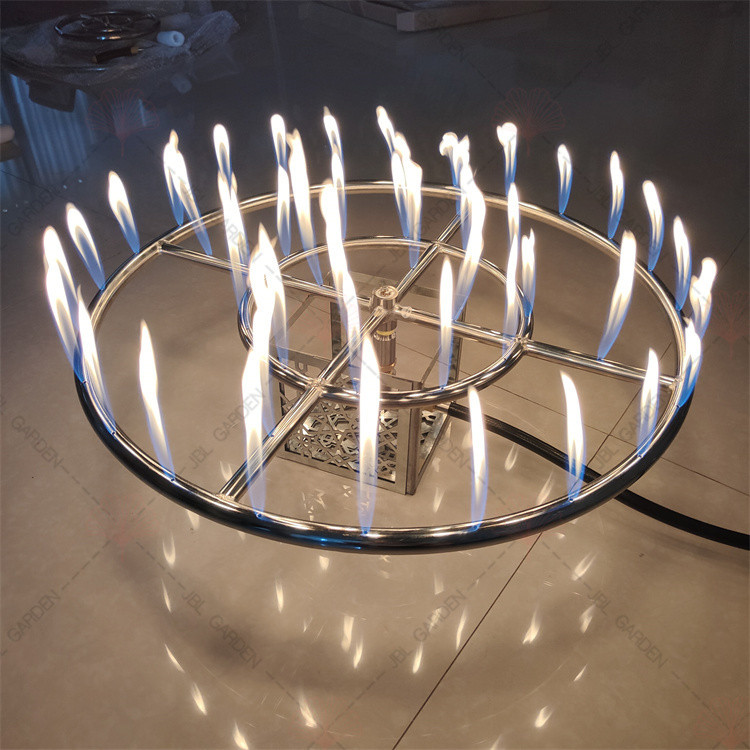
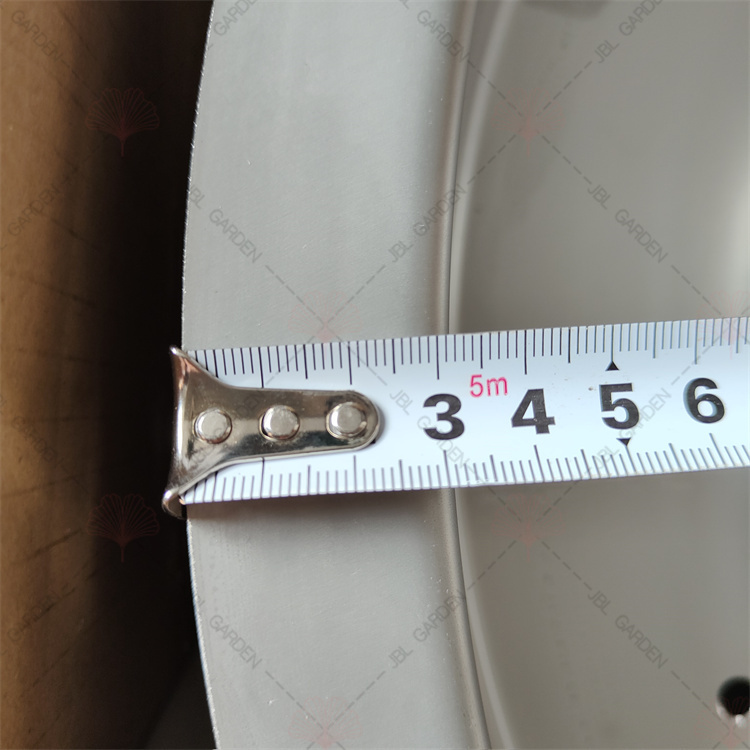
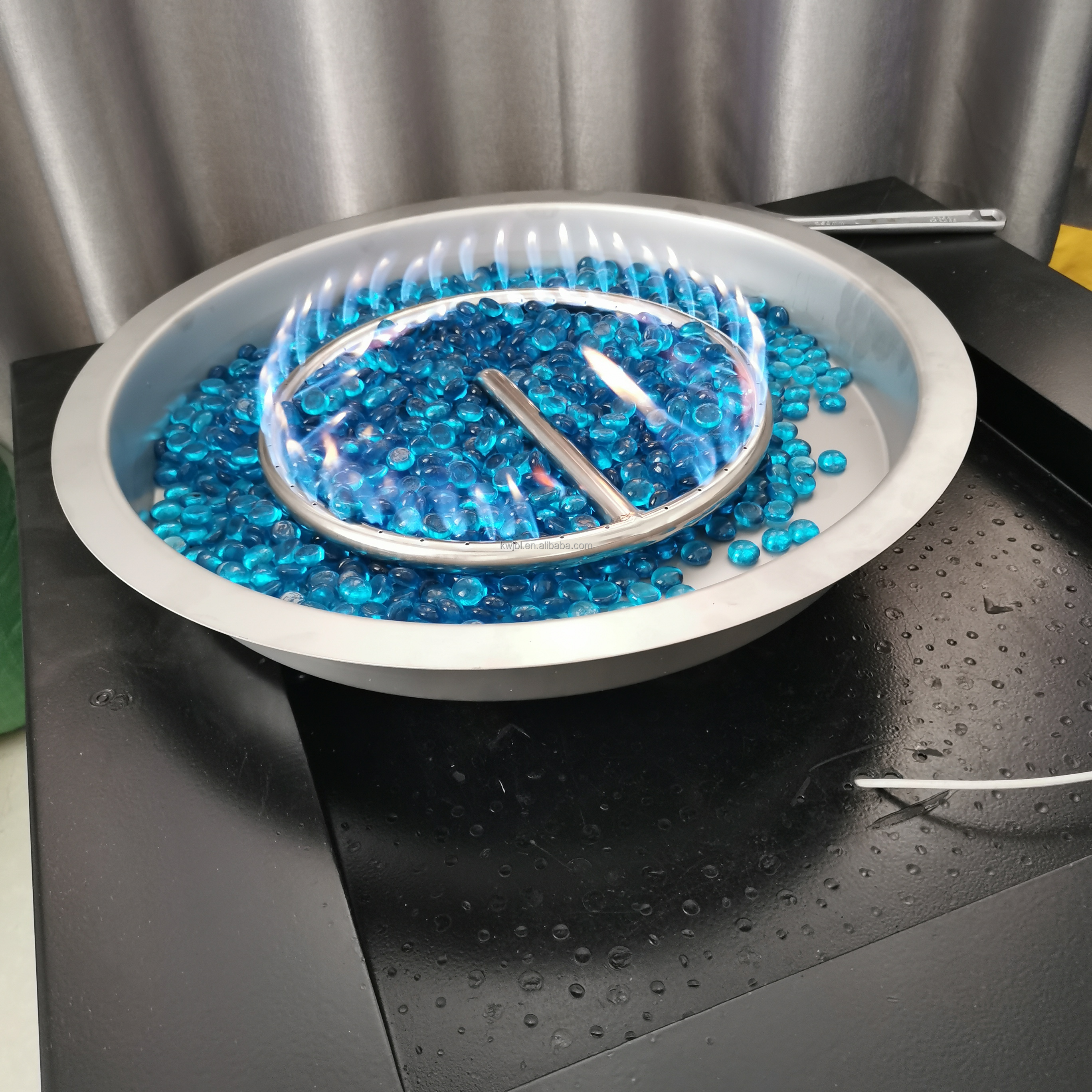
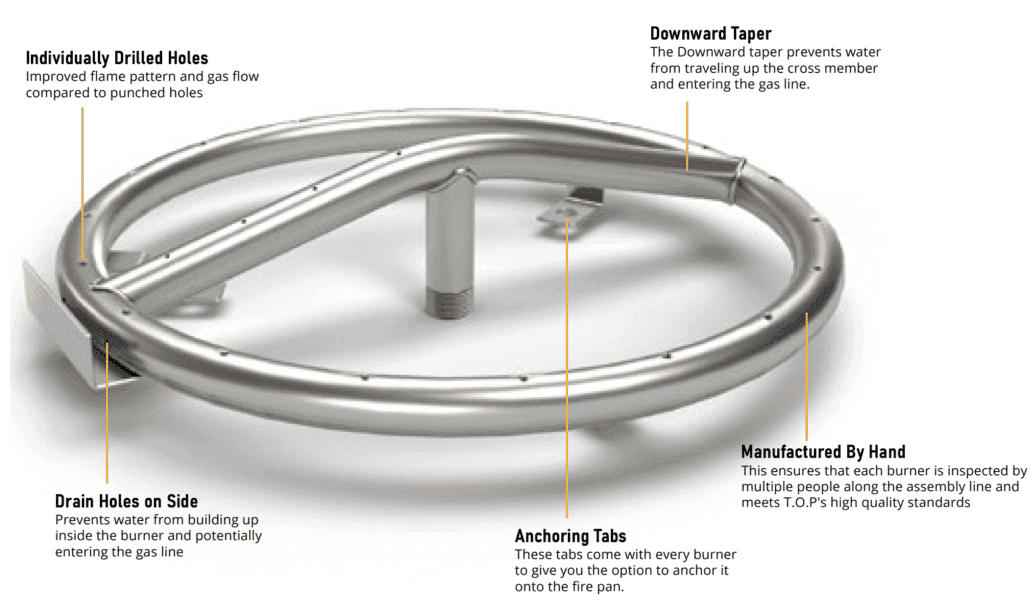
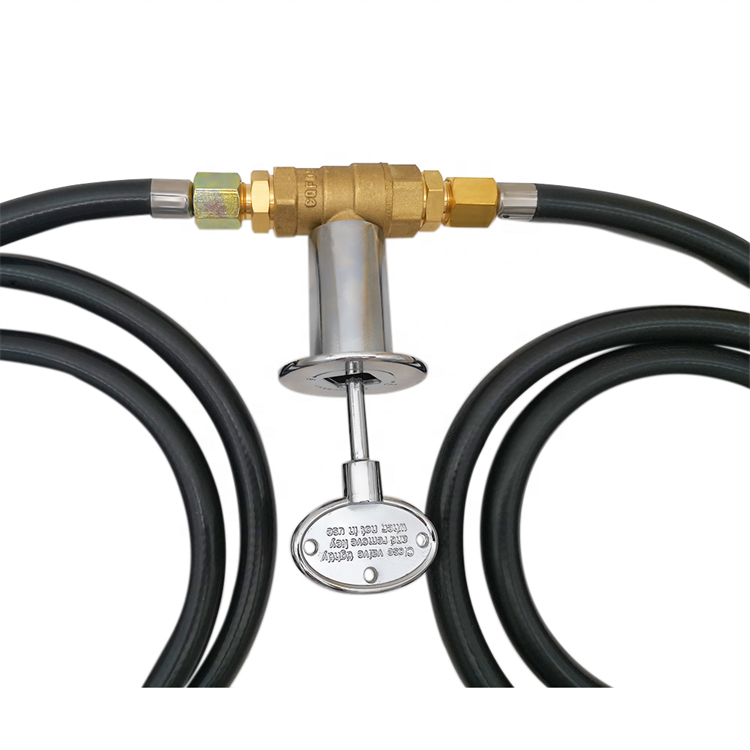
Aluminum alloy handle on side door with key
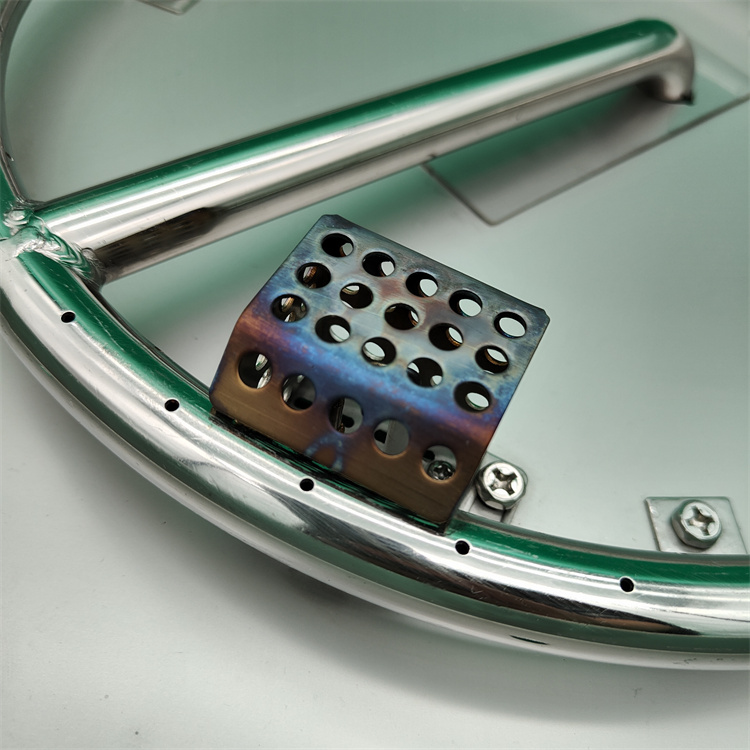
Packaging & Shipping
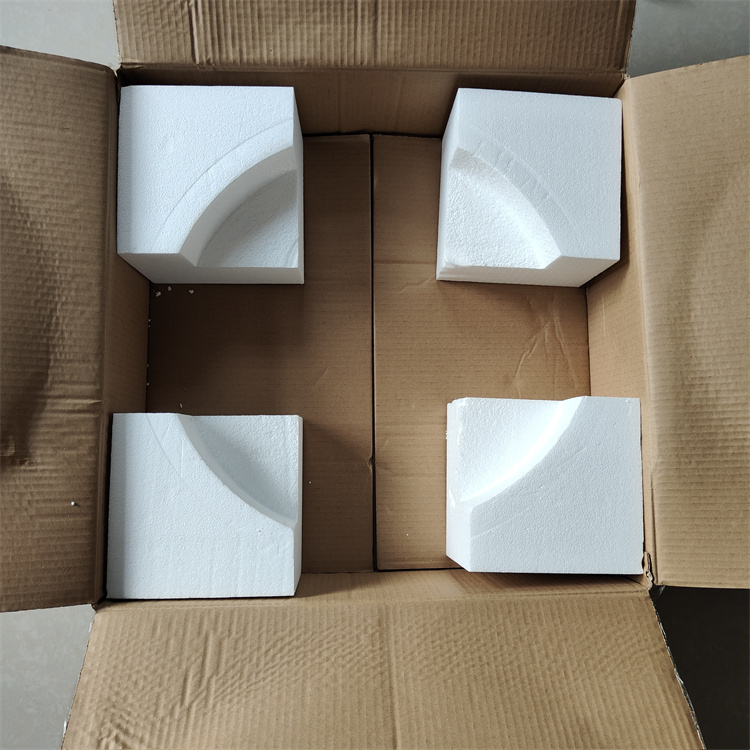
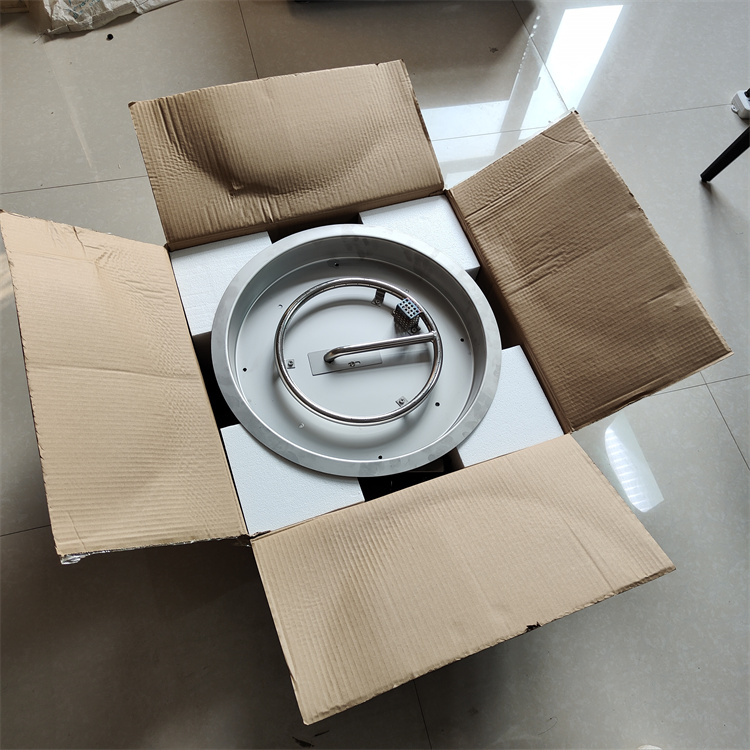
Round Fire Pit Burner Round Fire Pit Burner,Propane Round Burner,Circular Propane Burner,Round Fire Pit Burner Ring
Henan Jinbailai Industrial Co.,Ltd , https://www.jblfirepits.com